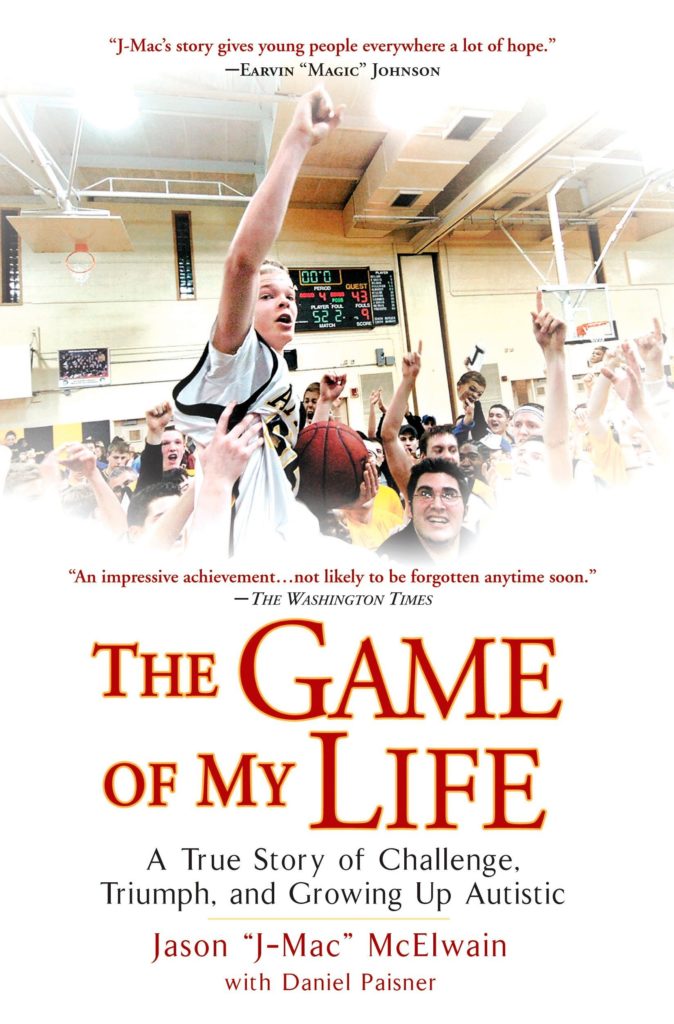social media links here
Guy Berard, MD and Sally Brockett, MS

Click here to buy this book.
Also available in Spanish and in Italian
Estate M. Sokhadze and Manuel F. Casanova

Click here to buy this book.
Jason “J-Mac” McElwain

Click here to buy this book.
Reading disorders can result from a visual problem, or an auditory problem, or a combination of both. Here we talk about the auditory component of reading difficulties but Berard AIT also impacts visual skills and so may target both areas to help improve readings skills.
Adults become interested in Berard AIT for a variety of reasons. They may have heard about it from family, or a friend or colleague, or they may have pursued it for their children. Adults working in diverse occupations, such as business, entertainment, education, sports, healthcare, etc., may discover the Berard method when in the process of seeking techniques for selfimprovement. Some of the areas of change that might benefit adults include: memory, selfconfidence, organization, speech and language, public speaking, reading and writing skills, sense of well-being, concentration, and attention.
Research on changes in behaviors and sensory modulation after Berard AIT, published in peer-reviewed journal, Autism Insights. This is an open-access, online journal easily available to readers around the world.
Experiences with Berard AIT Reflect the Connection between these two systems.
Problems in how people with dyslexia process the sounds they hear may be at the heart of this learning disorder, new research suggests.
The study findings, published in the Dec. 22 issue of the journal Neuron, may one day lead to better therapies for children and adults who are diagnosed with this common yet still ultimately mysterious condition.
Sometimes parents and professionals are confused about Berard AIT and Music Therapy. Because both programs involve use of music, some may believe that they are both forms of music therapy. This is not the case. There are many important differences between these two programs.
The autism epidemic now claims an estimated 1 in 110 children in the United States, according to the Centers for Disease Control and Prevention (CDC, 2010). Although a variety of causes are being investigated, it is suspected that more than one factor is responsible. Kelly Dorfman, MS, a licensed nutritionist and co-founder of Developmental Delay Resources, has coined the term post-traumatic ear infection syndrome (PTEIS) to refer to children who are apparently normal at birth but in the aftermath of chronic ear infections and inflammation go on to develop auditory processing problems and developmental delays.
In spite of a daily sensory diet and ongoing sensory therapy, seven-yearold Matthew, who was diagnosed with autism after his second birthday, continued to resist activities of daily living, including toothbrushing, bathing, and hair washing. It was especially frustrating for Matthew’s parents because his language delay made it even more difficult for them to explain the importance of these personal care tasks. However, soon after participating in a ten-day program of Berard Auditory Integration Training (AIT), Matthew showed increasing tolerance for these activities, and his parents also noticed improving language comprehension, which
According to Norman Doidge, author of The Brain that Changes Itself, neuroplasticity means that the nerve cells in our brains and nervous systems are changeable, or can modify themselves. Neuroplasticity enables us to continue learning at any age, or to create new connections to take over weakened functions. We can rewire or reorganize our brains.
The actual structure and function of the brain change through the course of our lives. There is no medical treatment involved. It is a natural phenomenon that occurs within the brain. The requirement for triggering this phenomenon of neuroplasticity is exposure to an activity with intensity, frequency, and duration.
